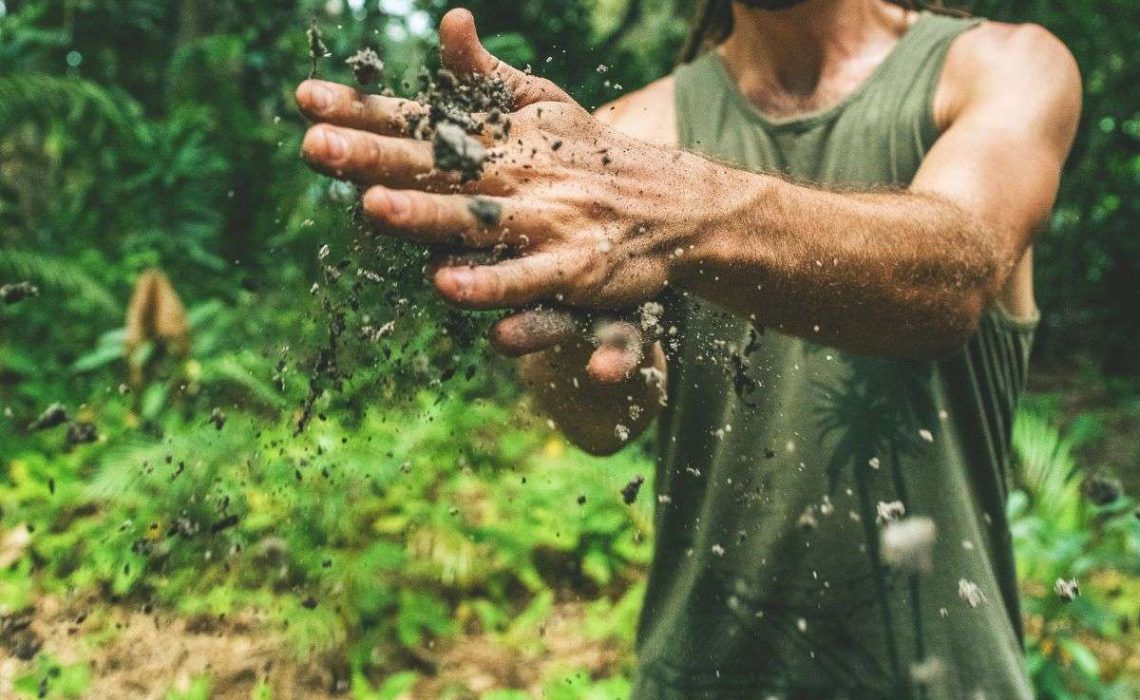If you’re not a farmer or soil scientist, there’s a good chance you’re not too invested in the soil beneath your feet. Maybe you think it’s boring or gross. And you lead a pretty busy life, so contemplating dirt might not be a top priority.
You’re not alone. Most people don’t know what’s going on beneath their feet.
But healthy soil is foundational for life. It’s complex, generous, and really cool.
Soil Houses Life and Builds Health
One of the most compelling recent developments is that soil is the most diverse habitat on Earth. That’s right. More than the ocean. More than the Amazon.
A paper published in the journal Proceedings of the National Academy of Sciences found that healthy soil is home to more than half (59%) of Earth’s species. According to the paper, soil houses these percentages of species:
- 90% of fungi
- 85% of plants
- More than 50% of bacteria
- 3% of mammals
A Healthy Planet Grows Healthy Humans
Since our food grows in soil, its link to our health is clear. But it’s even been found that breathing in an area with healthy soil can provide your gut with essential microbiota that helps digestion.
Healthy soil has the potential to reward you with a healthy life. ****It can help:
- Nourish you with superfoods
- Regulate an uncertain climate
- Host biodiversity
- Enhance your mood
It can be your biggest ally. And yet, it’s so misunderstood.
Most people alive today don’t know even the difference between dirt and soil (a simplified explanation of the difference is dirt is dead and soil is a living thing capable of sustaining an ecosystem).
Key Shifts to Return Our Soil to Peak Health
So, how can we make sure more people know the difference between soil and dirt? A few starting points:
- A PR Makeover. We protect and nourish things we care about. And we give attention to things we think are cool. How far would we go if we started to think of soil as cool and important and decided to really care about it?
- Reintroducing organic matter. Synthetic and chemical applications to the soil are literally the death of it. Instead, consider organic applications in your own home, farm, or garden.
- Organic agriculture. Buy food grown organically and use permaculture techniques if you’re growing your own. Practice no tilling, crop rotation, planting in guilds, and other organic techniques.
- Regenerative design and development. Damaging development doesn’t have to be the norm. Instead, development can be replenishing, nourishing, and regenerative. To learn more about regenerative landscapes, check out our blog or schedule a free consultation with us.

